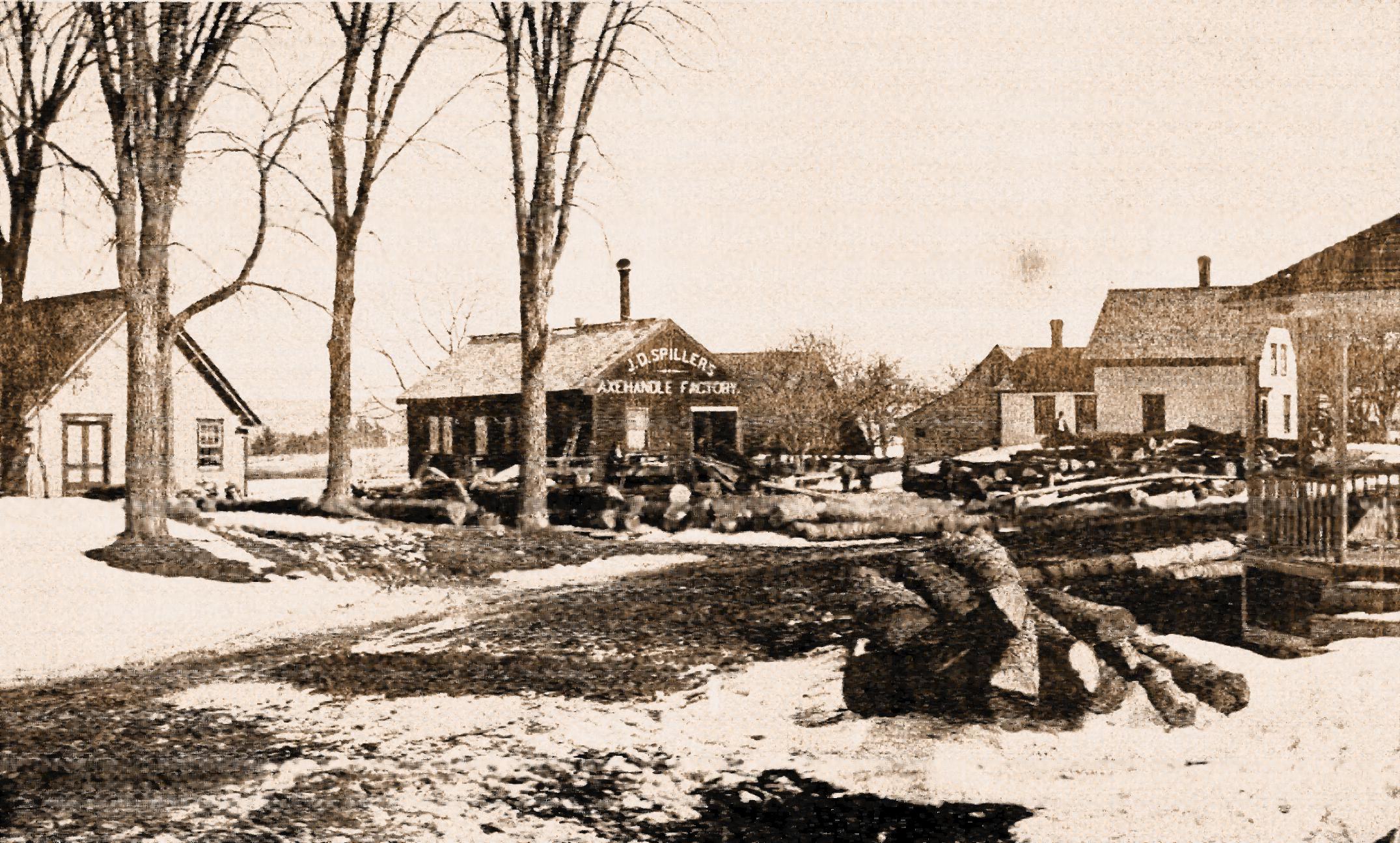the Central Valley Project
The Central Valley Project was conceived in 1999 as a means to preserve 19th Century silver-based photography through its practice, exhibition, and education. Today we offer courses throughout Berlin, Europe, and the US specializing in Wet-Plate Collodion, and Salted Paper and Albumen Printing. Below is a brief history:
Das Central Valley Project wurde im Jahre 1999 ins Leben gerufen als ein Instrument zur Erhaltung der klassischen Silberfotografie des 19. Jahrhunderts durch Anwendung, Ausstellung und Ausbildung. Hier eine kurze Chronik:
"In 1999 a coalescence of circumstances led David Puntel to discover the wet-plate collodion process. For years, he, a black & white photographer by trade, grew more and more envious of his sister and friends, who, as painters practiced their craft in luminous and sociable settings, while he worked for hours alone in a damp, dark and cramped space. In conjunction with his reaction to the explosion of the digital medium (hereafter known as "The 2nd Democratization of Photography"), David Puntel sought the origins of photography for a more contemplative and craft-intensive approach. Destiny led him to Mark Osterman and France Scully, scholars and revivers of "lost" photographic processes. The roots of the Central Valley Project were now set. There was no turning back (or actually, that was the only way to go). Printing of glass negatives could not be made on "modern" black and white papers (now considered an antiquated process in itself), but the historical methods of salted paper and albumen had to be rediscovered. The Central Valley Project had taken form ...." (excerpt taken from "A Brief History of the Central Valley Project")
Im Jahre 1999 liess ein Zusammenspiel der Umstaende David Puntel das Nasse Kollodium-Verfahren entdecken. Als Schwarz-Weiss-Fotograf von Beruf wuchs in ihm ueber Jahre der Neid auf seine Schwester und seine Freunde, die, als Kunstmaler ihre Arbeiten in hellen Arbeitsraeumen und geselliger Atmosphaere fertigten, waehrend er Stunden allein in seiner engen, feuchten Dunkelkammer verbrachte. In Verbindung mit seiner Reaktion auf die Explosion der digitalen Medien (spaeter bekannt als "Die 2. Demokratisierung der Fotografie"), machte David Puntel sich auf die Suche nach den Wurzeln der Fotografie, um eine handwerklich aufwendige und kontemplative Herangehensweise an das Medium Fotografie zu finden. Das Schicksal fuehrte ihn zu Mark Osterman und France Scully, die sich als Gelehrte "verlorener" fotografischer Prozesse der Wiederbelebung dieser verschrieben haben. Der Grundstein fuer das Central Valley Project war gelegt. Es gab keinen Weg zurueck (tatsaechlich war dies der einzig moegliche Weg). Negative aus Glas konnten nicht auf "modernem" Schwarz-Weiss-Papier vervielfaeltigt werden (eine Technik die mittlerweile selbst als antiquarisch gilt), also galt es die historischen Verfahren der Salzpapier und Albumindrucke wiederzuentdecken. Das Central Valley Project nahm Gestalt an ...." (Auszug aus "A Brief History of the Central Valley Project")
Years later, David Puntel would meet Buck Preacher, another analogue Luddite. Together they discussed the predicted demise of silver-based photography, and despite these dire predictions, continued to practice wet-plate collodion, and albumen and salted paper printing. Through the subsequent years they operated in virtual isolation from the modern photographic world, not realizing the extent of photography's evolution. In 2004 they emerged from the Maine woods and faced a "photographic" world of ink-jet prints, absent of negatives and the noble metal silver. Despite this new reality, they continued to meet individuals who saw the difference between ink and silver prints (now the antiquated black & white silver gelatin print). And they realized that although the world as a whole had embraced the digital medium, there were still those individuals who were drawn to the unrivaled beauty of an actual silver print. To ensure that the various silver-based methods of the 19th and 20th Centuries were not lost, David and Buck formed the Central Valley Project.
Jahre spaeter sollte David Puntel Buck Preacher, einem weiteren Digitalverweigerer, begegnen. Zusammen diskutierten sie den vorhergesagten Untergang der klassischen Silber-Fotografie und praktizierten, trotz der duesteren Prophezeiungen, weiterhin das Nasse Kollodium-Verfahren, sowie Drucktechniken auf Albumin und Salzpapier. Waehrend der darauffolgenden Jahre arbeiteten sie in virtueller Isolation von der modernen fotografischen Welt und realisierten nicht das Ausmass der fotografischen Evolution. Im Jahre 2004 entwichen sie den Waeldern Maines und sahen sich mit einer computergenerierten fotografischen Welt, ohne Negative und edlem Silber, konfrontiert. Trotz dieser neuen Realitaet trafen sie weiterhin Individuen, die den Unterschied zwischen modernen Abzuegen aus Tinte und den klassischen silberbasierenden Fotografien sahen (die mittlerweile antiquierten schwarz-weiss Silbergelatineabzuege). Und sie wurden gewahr, dass, obwohol die ganze Welt das digitale Medium feierte, es noch immer Individuen gab, die sich von der unuebertroffenen Schoenheit einer klassischen analogen Silberfotografie angezogen fuehlen. David und Buck formten schliesslich das Central Valley Projectt, un sicherzustellen, dass verschiedene auf Silber basierende Techniken des 19. und 20. Jahrhunderts nicht in Vergessenheit geraten.

original offices of the Central Valley Project, Webb's Mills, Maine
David Puntel's personal work can be seen at www.davidpuntel.com